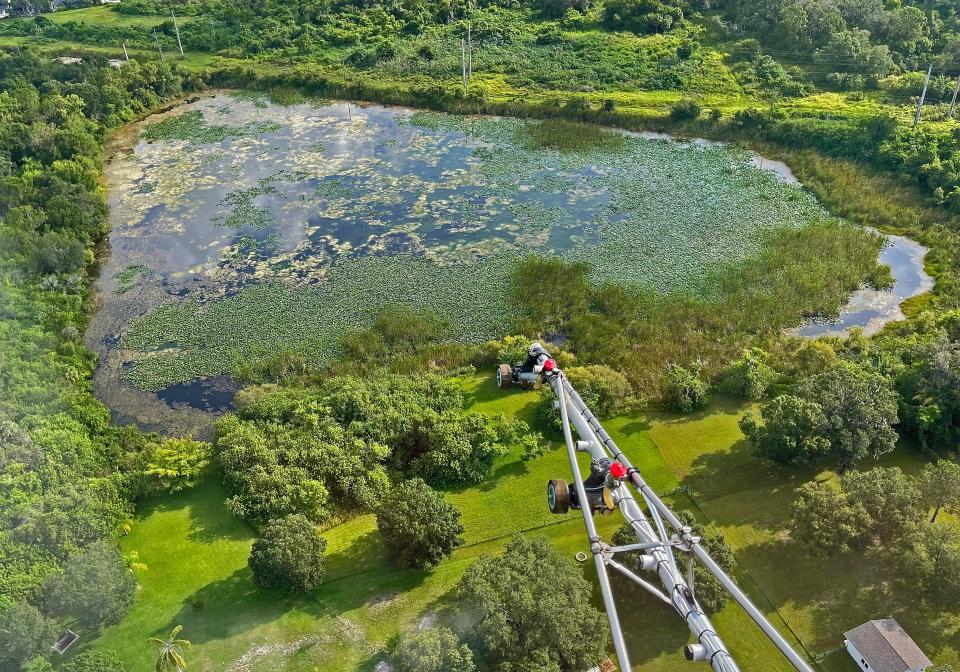Sarasota residents react to malaria outbreak; some remain unaware or unfazed

Jean Abrams sat under the shade at the Newtown Estates Park, about two miles away from where the malaria cases occurred in Sarasota County. He had no idea there was even an outbreak. No one in his social circle has been talking about it, and Abrams said he hasn't seen anything about the malaria cases on social media.
Unhoused for six months after losing his job in food management, Abrams, a Sarasota native, spends nearly all of his time outside. Without money for food, he can't afford to protect himself from mosquitoes. His immediate needs for survival come before protection from malaria.
“It’s uncomfortable,” Abrams said with tears in his eyes. “I don’t like it. I literally have to keep weapons to be safe.”
Celebrating Fourth of July in Sarasota? All hands on deck: Sarasota County prepares for Fourth of July with riptide, boat safety
Since the first case was reported the week of May 21-27, a total of four cases have been confirmed in Sarasota County by the Florida Department of Health with a possible fifth case being investigated by health officials. Residents across the state have been advised to apply bug spray, avoid areas with large mosquito populations and wear long pants and shirts at night.
Some residents who spend time outside near the Desoto Acres and Kensington Park area, where the cases occurred, remain unaware or unfazed by the malaria outbreak.
How did malaria get to Sarasota? How did malaria get to Sarasota? Answers to questions you may have about the disease.
In 17th Street Park, Ken Hixon and Alton Ayers wore sunglasses and sat in foldable chairs with drink tumblers. Their two dogs barked and ran toward every person entering the dog park’s creaky metal gate.
The two men aren’t too worried about the malaria cases documented blocks away in Kensington Park and 2.9 miles away in Desoto Acres. They opted not to wear bug spray.
“I hadn’t really thought about it too much,” Hixon said. “There aren’t any mosquitoes out in the middle of the day today.”
Ayers, a Sarasota native, donned a wide-brimmed hat to protect from the sun. He lives across the street from Desoto Acres, one of the locations where the outbreak occurred. He said standing water, where mosquitoes breed, isn’t an issue for him. In fact, he said it's been so hot that he’s had to constantly refill his bird bath.
He believes the malaria cases have been caused by an uptick in travel. While local officials have said that the disease isn’t contractable by humans, they have confirmed the cases were locally transmitted, which means that the individuals contracted malaria from a mosquito or mosquitoes in the Sarasota area.
“I believe that it’s coming from somewhere,” Ayers said. “It’s gotten bad because it’s coming from other countries.”
Rhoel Dinglasan, a professor of infectious diseases at the University of Florida’s College of Veterinary Medicine, told the Sarasota Herald-Tribune that his suspicion is that an asymptomatic carrier of malaria, who had contracted it from another country, came into the Sarasota area and was bitten by a mosquito here. The insect then could have infected a different person in the area.
This article originally appeared on Sarasota Herald-Tribune: Sarasota, Florida, residents react to malaria outbreak

 money
money 